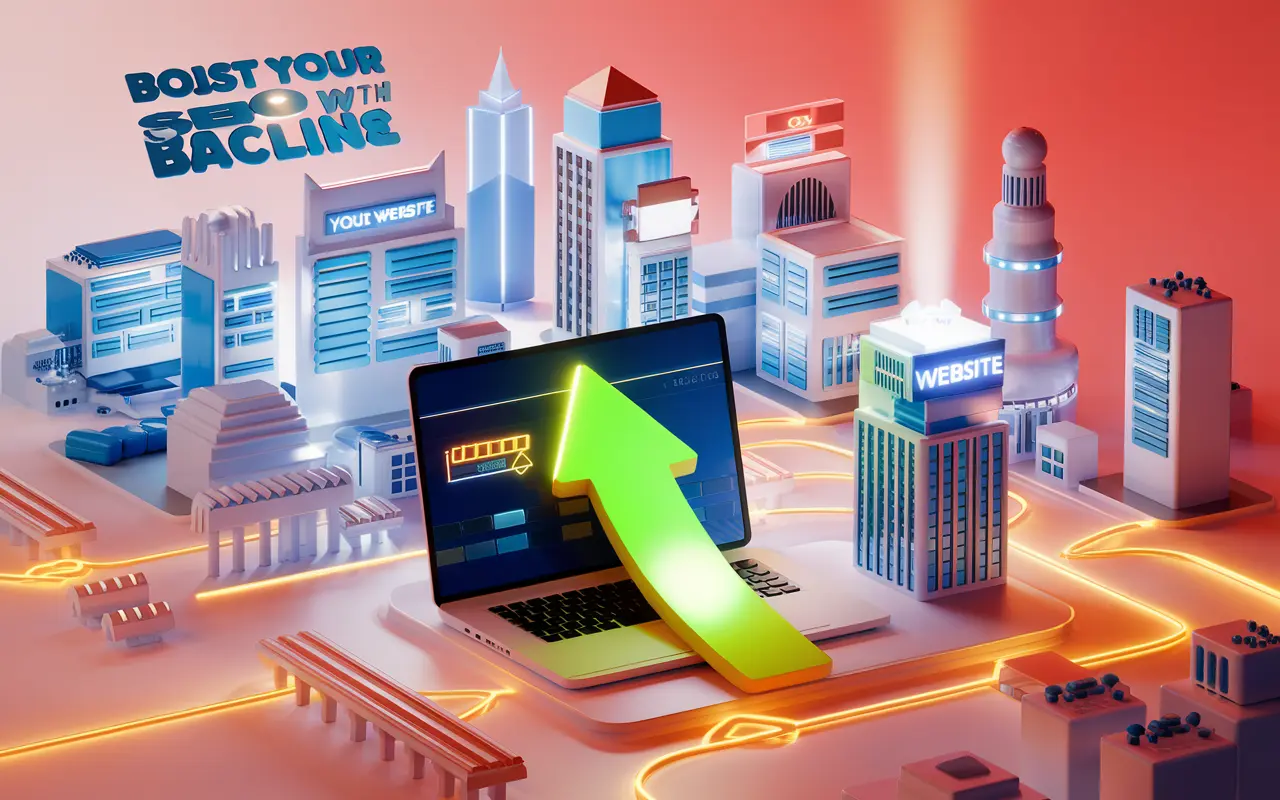What is Backlink?
A Backlink is a hyperlink from one website to another. In the context of SEO services, backlinks are like digital endorsements — when a reputable website links to your content, it signals to search engines that your content is trustworthy and valuable. Search engines use backlinks as one of the most significant ranking signals within their algorithms, influencing how high your site appears in search engine results pages (SERPs).
Backlinks play a central role in off-page SEO, which focuses on optimizations that occur outside your own website. A healthy backlink profile can significantly increase visibility, enhance domain authority, and drive organic traffic to your business.
Definition
A Backlink is an incoming link from one website to another web resource, such as a page or a post. Also referred to as inbound links or external links, backlinks are crucial in determining how web pages are ranked by search engines. The more high-quality, relevant backlinks a webpage has, the greater its chance of ranking higher in search engine results.
Key Takeaway
Backlinks are a critical component of SEO that signal credibility to search engines, improve ranking potential, and drive organic traffic by connecting your content to reputable external sources.
Importance for SEO
SEO success heavily relies on a strong backlink profile. Backlinks help search engines discover your pages, understand what your content is about, and determine how trustworthy it is. The more authoritative websites link to your pages, the more likely you are to be viewed as a reliable source – boosting your rankings accordingly.
From a business perspective, quality backlinks can lead to increased brand visibility, higher domain authority, and more referral traffic – all of which contribute to greater lead generation and revenue opportunities.
Best Practices
- Create High-Quality Content: Publishing relevant, valuable, and original content is the best way to attract natural backlinks.
- Guest Blogging: Writing content for other reputable sites helps earn backlinks and reaches new audiences.
- Broken Link Building: Identify broken outbound links on other websites and suggest your relevant content as a replacement.
- Use Skyscraper Technique: Find top-performing content in your niche and create an even better version to attract backlinks.
- Monitor Competitor Backlinks: Use SEO tools to analyze competitors’ backlink profiles and identify opportunities for your site.
- Leverage Digital PR: Build relationships with journalists and influencers to earn branded mentions and backlinks from high-authority media outlets.
How Backlink Works
When a website links to another, it passes SEO value or “link juice” — especially if that link is dofollow (as opposed to nofollow). Search engine crawlers follow these links, helping to index the linked content more quickly and effectively.
Search Engines Evaluate Backlinks Based On:
- Relevance: Is the referring site related to your niche or topic?
- Domain Authority: Backlinks from high-authority domains carry more weight.
- Anchor Text: The clickable text influences how search engines interpret the link context.
- Link Placement: Links within page content (as opposed to footers or sidebars) are generally more powerful.
| Backlink Type | Description | SEO Value |
|---|---|---|
| Dofollow | Passes full SEO value | High |
| Nofollow | Does not pass link equity | Low |
| UGC (User Generated Content) | Links in comments or forums | Medium/Low |
| Sponsorship | Paid-for backlinks that should be clearly labeled | Low |
Case Study: Building Backlinks to Boost Visibility
Problem: Low Domain Authority Hampering Rankings
A mid-sized eCommerce store was struggling with organic growth. Despite having quality product pages, they weren’t ranking well due to a lack of authority and zero backlink profile.
Solution: Strategic Backlink Acquisition
The SEO team developed a link-building campaign that included guest posting, outreach to industry bloggers, and broken link building. A focused content strategy was launched that targeted informational blogs to attract links naturally.
Results: Increased Authority and Organic Traffic
Within 6 months, the domain authority increased from 18 to 36. Organic search traffic grew by 110%, and 5 high-converting product pages began to rank on Google’s first page for competitive keywords, contributing to a 35% revenue increase.
Common Mistakes to Avoid
- Buying Low-Quality Backlinks: This can lead to Google penalties or even de-indexing.
- Using Irrelevant Anchor Text: Misleading or generic anchor text can dilute link value.
- Ineffective Outreach: Overpersonalized or mass outreach can reduce response rates and hurt your brand.
- Ignoring Link Diversity: Having all backlinks from the same source or page type looks unnatural.
- Not Disavowing Toxic Links: Low-quality or spammy backlinks from suspicious domains must be disavowed via Google Search Console.
Related Terms
Related terms:
- Off-Page SEO: Focuses on optimizations done outside the website to improve search engine rankings, heavily involving backlinking strategies.
- SEO Audit: A comprehensive analysis of your site’s current SEO health, including backlink profile evaluation.
- Domain Authority: A search engine ranking score that indicates a website’s ability to rank, affected significantly by backlink strength.
Conclusion
Backlinks are the backbone of off-page SEO. As one of Google’s top ranking factors, they play a vital role in enhancing domain authority, visibility, and traffic. When done ethically and strategically, backlink building can transform your SEO campaign and pave the way for long-term search engine success. Start implementing best practices today or explore more in-depth SEO strategies on our site to build a strong backlink foundation.





